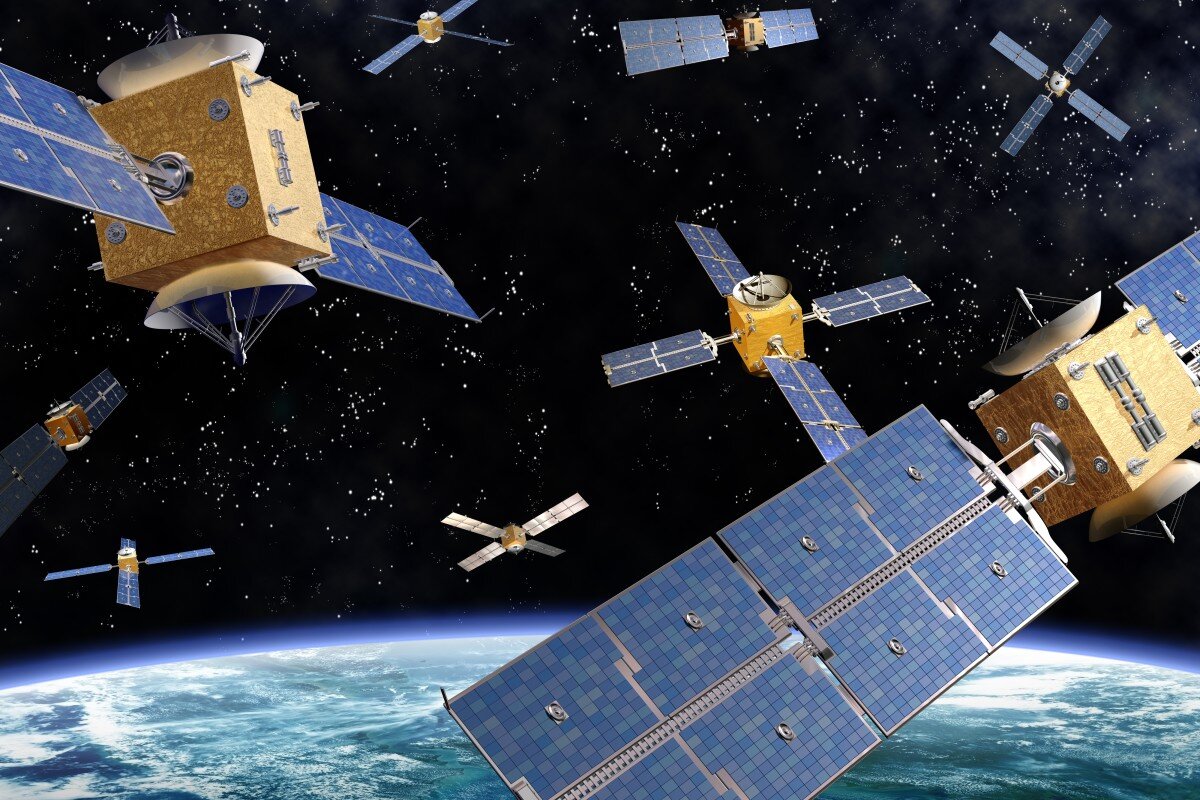
Aerospace & Defence
Scroll Down For More Information

Interoperability and Situational Awareness
Consulting Services for Market Growth
Market Research & Analysis
Market data is researched and analyzed to identify and define target customers. Primary and secondary sources include customer and competitor surveys and interviews, government datasets, publications, whitepapers, and regulatory documents. Analytics conducted to determine market conditions, trends, and future forecasts.
Brand and Market Position
Customer perceptions and loyalty is analyzed based on brand history, maintenance reliability, lifecycle and affordability. Performance and operational value is also evaluated in depth to determine cost per available seat mile, residual value, performance specification (payload/range, etc.), and situational awareness and safety.
Sales and Distribution Channels
In-house operations and licensing of sales and distribution channels are assessed. Coordination is conducted with associated departments and leadership teams for sales and distribution channel cooperation. Company profiles, suitability, and introductions are performed for licensing of sales and distribution channel collaboration.
Pricing and Financing
Primary and secondary market pricing of an offering is analyzed against the competition within the current and future marketplace. Involves rate of depreciation, financing options, warranty value, avionics and parts obsolescence, service bulletins and regulatory compliance, pricing power, and return on investment.
Value Proposition
Competitive advantage of an offering that is persuasive to the customer that a business agrees to deliver. Often based on customer demands and interests, competitive alternatives, company reputation, product quality and reliability, availability, customer service, technical support, and pricing and financing.
Go-to-Market Strategy
Innovative ideas for business growth and the plan that captures market opportunities. Devised from an accurate understanding of current and future market conditions, branding and positioning, sales and distribution, and pricing and financing. Navigates an offering to a future marketplace resulting in revenue.
Executive decision-making support with strategic advisements that connect products and services with customer needs within the parameters of time, cost, reliability, and environmental sustainability.
NORAD Modernization Requirements and Technologies
North Warning System
Modernization of the North Warning System is required. This legacy technology requires upgrading, as domain seams and operational silos are being exploited by adversaries. A multi-layered threat detection ecosystem is required that is modular, scalable, integrable, and software-defined with open architecture for rapid adaptability and upgradability and legacy and new technologies are integrated for Engage on Remote capabilities. This ecosystem that is purpose-built for North American defence is envisioned by the Strategic Homeland Integrated Ecosystem for Layered Defense (SHIELD) and currently initialized by the on-ramp project Pathfinder, Air Threat Response.
Engaging the archer, not only the arrow is increasingly recommended for NORAD to detect, defeat, and deter threats to the homeland. Technologies that engage platforms at extended range, not just the projectile, is an area of mission-focused innovation and market opportunity. Expanding NORAD’s mandate is currently being debated and this is a potential driver for new technologies and innovation growth.
A Whole of Government effort that offers connectivity across the Arctic and Northern Canada that also serves industry, science, and communities with indigenous peoples and partners is a significant market opportunity that is supported by numerous Canadian, US, and bilateral policies and programs.
System of Systems for Joint Ops.
Command and control decision-making is being improved to the speed of relevance and enabled by shared ISR data that is transmitted through an overarching network of communication and sensor systems across multiple domains, military service branches, operational partners, and platforms.
This results in rapid and continuous integration of operational capabilities for simultaneous and sequenced missions, which is a primary objective of Canada’s defence policy: Strong, Secure, Engaged and the US National Defense Strategy.
Defence policies, strategies, and concepts, such as the Joint All-Domain Command and Control (JADC2), All Domain Situational Awareness Science and Technology Program (ADSA S&T), and Strategic Homeland Integrated Ecosystem for Layered Defense (SHIELD), including USAF Advanced Battle Management System (ABMS) and USN Project Overmatch, are creating market opportunities for technologies that support interoperability and situational awareness.
Hypersonic Weapons
Hypersonic cruise missiles (HCM) and hypersonic glide vehicles (HGV) pose a significant strategic threat due to their low altitude flight trajectory and high speed and maneuverability.
HCM are powered by high speed, air breathing engines or scramjets after acquiring their target while HGV are launched from a rocket before gliding to target.
These standoff weapons are substantially more difficult to detect with current terrestrial and space-based defences; ten to twenty times dimmer than currently tracked by satellites in geostationary orbit. And point defence systems, such as THAAD and Patriot missile defence systems, are currently inadequate due to limited coverage across the Arctic expanse and high operating costs.
Future market opportunities may be presented in the space-based sensor layers that are integrated with tracking and fire-control systems to direct high-performance interceptors or directed energy weapons that are theoretically viable in defending against hypersonic weapons. Currently, the US Dept. of Defense (DOD) and Missile Defense Agency (MDA) are investing in counter-hypersonic weapons capabilities and awarded Northrop Grumman, Raytheon, Leidos, and L3Harris with $20 million USD contracts to design prototype space-based low-Earth orbit sensors that extend detection and tracking.
Space-based Sensors and Directed Energy
Hypersonic defence requires innovation across the entire kill chain, spanning indications and warning, sensing, command and control, and advanced intercept capabilities. Space-based sensors offer expansive coverage, survivability, persistence, and cost-effectiveness and support NORAD’s mandate to deter, detect, and defeat threats against the homeland.
Market opportunities are growing in counter-hypersonic technologies, such as over the horizon radar and space-based sensor layers. The 2019 Missile Defense Review advises that “such sensors take advantage of the large area viewable from space for improved tracking and potentially targeting of advanced threats, including hypersonic glide vehicles and hypersonic cruise missiles.” Commercial Off the Shelf (COTS) products are increasingly supplying this demand and additional areas of innovation opportunity include acoustic and EO/IR sensors, precision navigation, electronic warfare, SATCOM and datalink, smallsat and nanosat, and propulsion.
Directed energy technology offer laser and microwave capabilities in countering hypersonic weapons, as well as additional applications, such as ASAT, DSAT, bus intercept, anti-IRBM/SLBM, submarine communications, and strategic offence. This rapidly evolving technology is increasingly demanded due to numerous applications and low operating cost.
